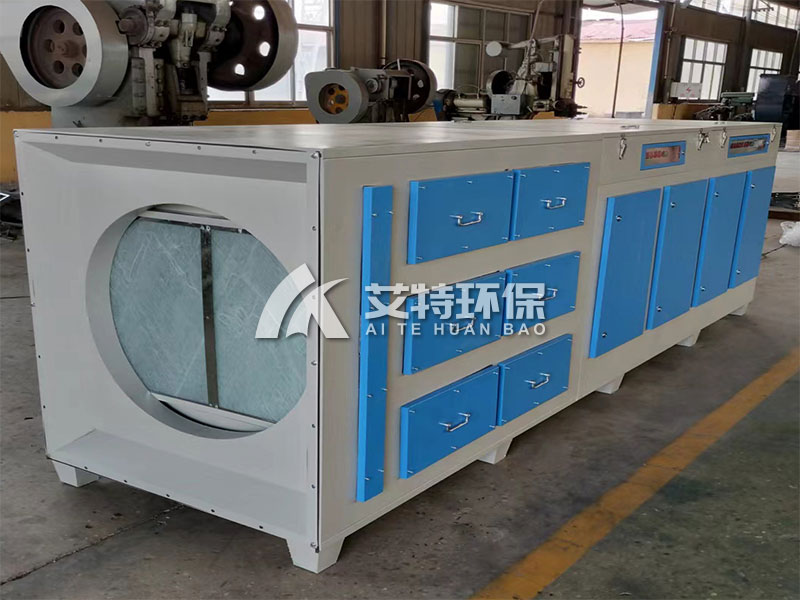The word "UV" has a negative connotation. Prolonged exposure to sunlight is known to cause health problems.So it only makes sense that some people are skeptical about treating water with ultraviolet light to ensure it is safe to drink.So are UV water purifiers really dangerous? Is UV treated water bad for us? Let's find out.

UV purifiers work by exposing bacteria, viruses and other pathogens in the water to UV-C light. Ultraviolet light inactivates the microbes' DNA, so they are no longer able to replicate and cause disease.That's it! So far, there is no scientific evidence that UV water purifiers are harmful.It is not recommended to look directly at the UV-C lamp in the purification unit because it is dangerous to the naked eye. However, the UV lamp itself is encased in a chamber, and water flows through the chamber exposing it to UV. The UV lamp is not visible in the chamber, so you cannot expose your eyes or skin to the light from the lamp. Water is the only thing that will be affected by UV-C exposure unless you touch or look at the UV bulb while it is on.
Uv treatment does not make the water unsafe for human consumption. In fact, it's much safer than drinking water that hasn't been treated with UV light, given that it kills invisible microbes.It does not use harmful chemicals for disinfection, such as chlorine gas. It's actually more effective than chlorine treatment because it attacks protozoa that chlorine can't remove. Uv water purifiers are also easier to maintain and safer to use than chemical treatment options.
The only time UV-treated water can be dangerous is if the disinfection process is not performed properly and all microbes in the water are not killed. It has nothing to do with the safety of UV treatment at all, but with the water quality that needs to be sterilized and the function of the equipment itself.Uv treated water is very safe with proper care, maintenance, and associated pre-filters. When used under optimal conditions, UV water purifiers kill 99.9999% of harmful pathogens in the water supply.Simply put, UV water purifiers are not safe to use in muddy or granular water. When the turbidity of the water is high, the UV can not effectively penetrate all the microorganisms in the water, and may not be effective in killing. In these cases, you need a pre-filtering system.

Other water pollutants
Another situation in which UV-treated water may be dangerous is if, in addition to microorganisms, the water contains contaminants (think PFAS or lead) that cannot be eliminated through the UV disinfection process.Of course, this has nothing to do with UV treatment per se, but it's still important to keep in mind.
1. High disinfection rate (99.9999%) if used under suitable conditions.
2. They do not use any chemicals to treat the water and do not leave an
unpleasant taste or smell from chemical treatment.
3. It is very energy efficient because the main energy consumption comes
from the light bulb, which uses about the same amount of power as a
regular household light bulb.
4. It doesn't require expensive maintenance.
5. It does not produce any waste and is one of the more environmentally
friendly method of water disinfection.
6. Requires minimal long-term maintenance and can do it yourself.
7. There is no chemical damage to water pipes as no chemicals are used.
8. Work immediately,Disinfect immediately.
9. Compared with other water purifiers and filters, the space taken up is very small.
1. It only kills pathogens, it does nothing to clean the water.
2. It will not improve the smell or taste of the water.
3. Requires power to operate and may be subject to power outages.
4. The cleanliness of the water affects the performance.
5. Hard water requires extra treatment.
6. Water sometimes gets hot.
7. It is difficult to visually inspect the lights for any problems without turning on the system.
Previous article: Why is the use time of the same hydraulic filter element different?
Next article:No more